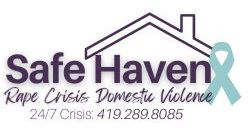Methodology/Theoretical Framework
Trauma-Informed Care
Appleseed is committed to the trauma-informed care model both in treating its clients as well as promoting a trauma informed agency culture.
Trauma-informed care shifts the focus from “What’s wrong with you?” to “What happened to you?” A trauma-informed approach to care acknowledges that health care organizations and care teams need to have a complete picture of a patient’s life situation — past and present — in order to provide effective health care services with a healing orientation. Adopting trauma-informed practices can potentially improve patient engagement, treatment adherence, and health outcomes, as well as provider and staff wellness. It can also help reduce avoidable care and excess costs for both the health care and social service sectors.
- Realize the widespread impact of trauma and understand paths for recovery;
- Recognize the signs and symptoms of trauma in patients, families, and staff;
- Integrate knowledge about trauma into policies, procedures, and practices; and
- Actively avoid re-traumatization.
There are a number of benefits to using a trauma-informed approach, not only for clients but also for providers and staff. Many clients with trauma have difficulty maintaining healthy, open relationships with a health care provider. For clients, trauma-informed care offers the opportunity to engage more fully in their health care, develop a trusting relationship with their provider, and improve long-term health outcomes. Trauma-informed care can also help reduce burnout among health care providers, potentially reducing staff turnover.





